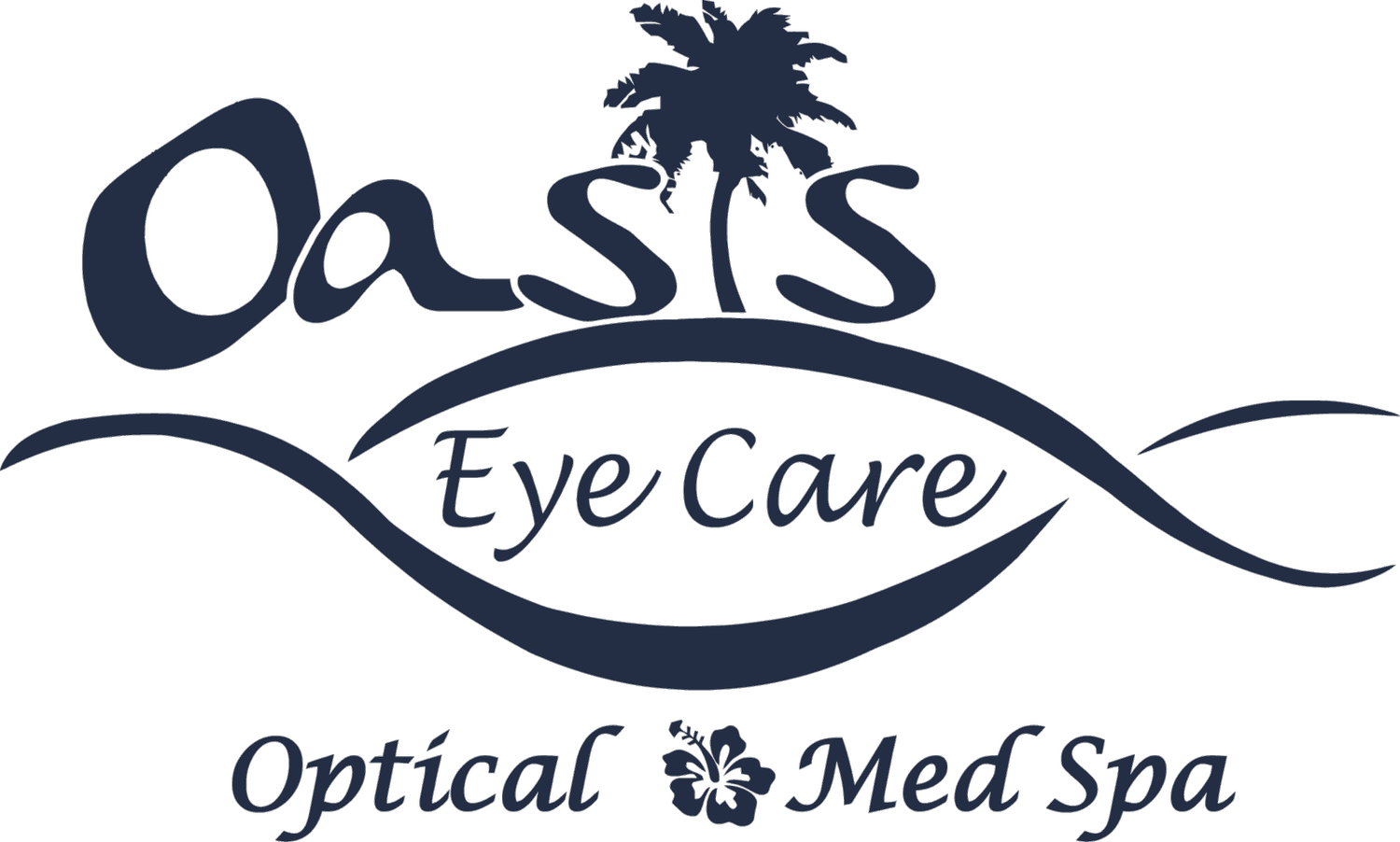Blepharitis
What is blepharitis and how can it be treated?
Eyelid margin disease (blepharitis) is a common inflammatory condition that upsets the balance between tear production and evaporation, which is a cause of dry eyes and the common symptoms listed below.
Symptoms may include:
Eye or eyelid irritation and scratchiness
Itchiness of the eyelid
Redness of the eye and lids
Tearing or mucus discharge
Mattering or sticking of the eyelids
With blepharitis, both the upper and lower eyelids become coated with debris and bacteria near the base of the eyelashes, which further disrupts an already unstable tear film.
What causes blepharitis?
Everyone has bacteria on the surface of their skin, but in some people, the bacteria thrive on the skin at the base of the eyelashes. Large amounts of bacteria around the eyelashes cause drandruff-like scales and particles to form along the lashes and eyelid margins.
With chronic blepharitis, the eye lids become red and inflamed resulting in the dysfunction of the nearby oil secreting glands of the eyelids known as the meibomian gland. The oil is an essential element to prevent evaporation of the tear film.
How is blepharitis treated?
Blepharitis is a chronic condition, but it can be controlled with good lid hygiene described by the following treatment strategy. It is best to follow the circled steps in the order as presented below.
1. Warm compresses: Wet a clean washcloth with warm to hot water, wring it out, and place it over your closed eyelids for at least 5-10 minutes. This step may need to be repeated several times to complete the full 5-10 minutes period. (A better method is to create a rice sock. To create this, use a retired pair of pantyhose or a sock and fill it with 1-2 cups of rice then tie the open end off. The rice sock can then be heated in the microwave until very warm.) The warmth allows the scales and debris around your eyelashes to be loosened. Heat also helps to melt oily plugs blocking the nearby meibomian (oil) glands within the eye lid decreasing the risk of stye development. Once freed, the oily tears can now be released to lubricate and protect the eye and lids.
Do this twice a day for both eyes for one month then once a day thereafter. You may do this even more frequently.
2. Eyelid scrubs: Use OTC Lid Scrub pre-made cleaning pad on a foam pump applied by a finger.
Follow the same routine as described above for number 1.
3. Antibiotic ointment or drops: You may be prescribed an antibiotic ointment or drop to speed up recovery. Gently apply a small amount of ointment or a drop as directed into the eye while gently pulling the lower eyelid down to create a pouch for a drop or simply apply a thin ribbon to the lashes with your finger for a moment.
4. Steroid ointment or drops: You may also be advised to use a short course of topical steroid eye drops to help reduce the amount of inflammation present. This may help speed up recovery. This drop may be combined with the antibiotic above into a single drop or ointment.
5. Artificial lubrication – drops: It is also important to maintain sufficient eye lubrication by using the appropriate artificial tears (possibly non-persevered) suggested by your ophthalmologist. It is best to apply these tears multiple times a day to achieve the best results and sufficient eye protection.
6. Artificial lubrication – ointment: It is also important to maintain sufficient eye lubrication at bedtime. This will allow the eyes to feel more refreshed in the morning.
7. Oral medication: In some rare circumstances it may be necessary to use a one-month course (or longer) of oral antibiotic to help with certain types of blepharitis or eyelid inflammation.
8. Helpful supplements: It has been recently shown that re-esterified omega 3 fatty acids help to maintain a robust and stable tear film. These supplements have great anti-inflammatory and anti-oxidant properties. Vitamin A should be taken at the recommended levels separately or in a multivitamin.


